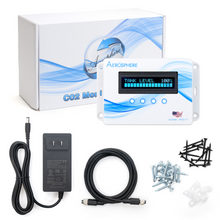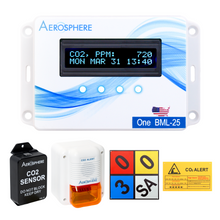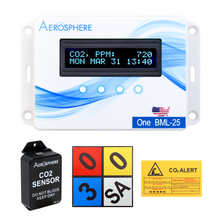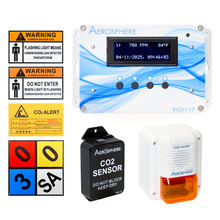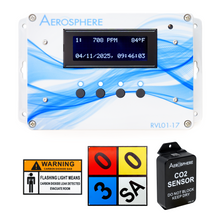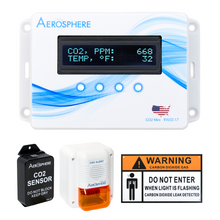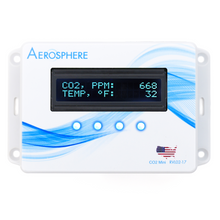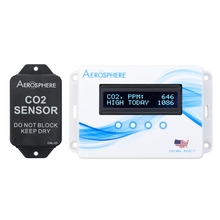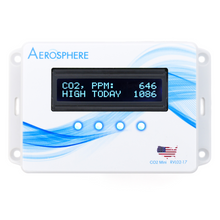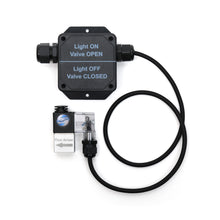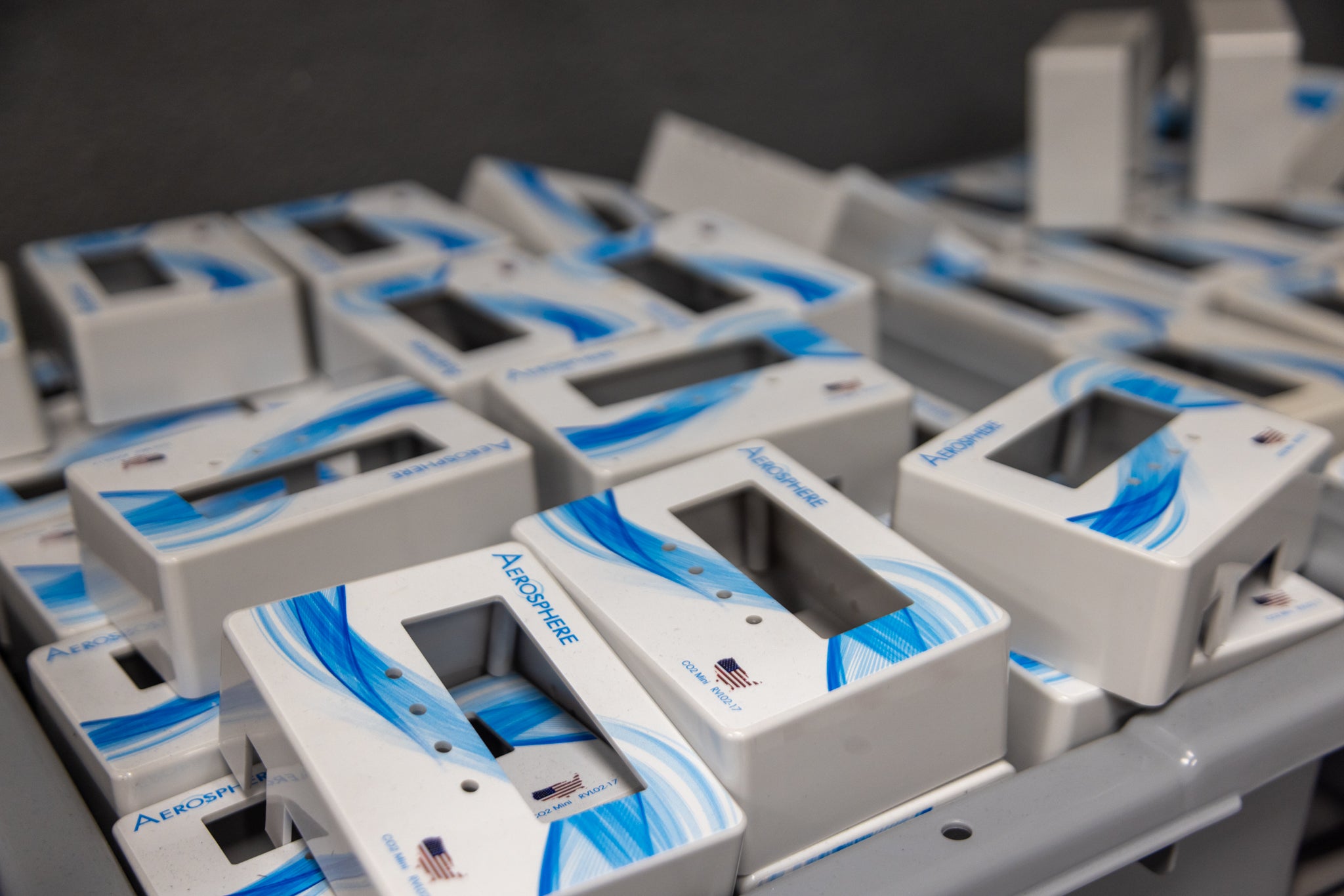Are Carbon Dioxide (CO2) Cylinder Tanks Dangerous?
CO2 tanks are essential in restaurants, bars, and homes—but are they dangerous? This guide explores the real risks of CO2 exposure, tank incidents, and the safety practices you need to stay protected.
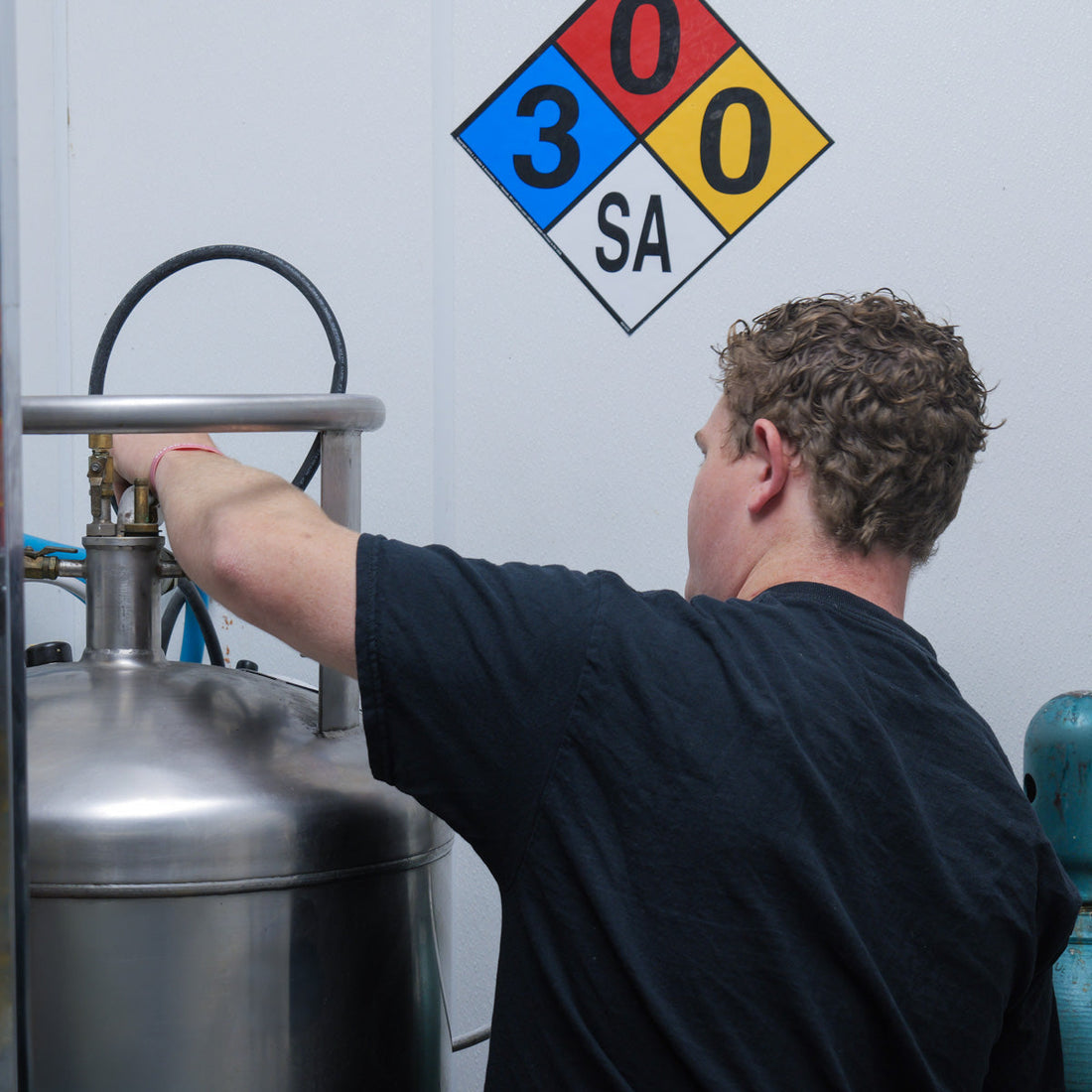
Carbon dioxide (CO2) cylinder tanks are commonly used in restaurants, bars, breweries, and hospitals for everything from drink dispensing to medical procedures. But one question often pops up in Google searches: are CO2 cylinder tanks dangerous?
The short answer: they can be if not handled or monitored correctly.
This article breaks down the risks associated with CO2 cylinder tanks, explains how to prevent accidents, and offers practical advice to keep your space safe. Whether you’re running a commercial kitchen or using CO2 at a grow house, here’s what you need to know.
What Are CO2 Cylinder Tanks Used For?

CO2 cylinder tanks store compressed gas under high pressure and are used for a variety of purposes, including:
- Carbonating beverages in soda machines and beer taps
- Dispensing draft beer in bars and restaurants
- Providing an inert environment for food packaging
- Boosting plant growth in grow houses, nurseries, and hydroponic gardens
- Running paintball guns and soda makers
- Supporting respiratory or surgical tools in medical environments
While CO2 is a naturally occurring, non-toxic gas present in low concentrations in the air, elevated levels, particularly in enclosed spaces, can pose significant hazards.
So, Are CO2 Cylinder Tanks Dangerous?
Yes, CO2 cylinder tanks can be dangerous, but only when misused, improperly stored, or allowed to leak undetected. Here’s a breakdown of the main risks.
1. Risk of Asphyxiation Without Proper Monitoring
CO2 is an invisible, odorless gas, which makes it especially dangerous when it leaks. Because it's heavier than air, it tends to sink and collect near the ground, particularly in enclosed or poorly ventilated areas. Without a proper monitoring system in place, a leak can go completely unnoticed until it's too late. In high enough concentrations, CO2 can displace oxygen in the room, causing dizziness, unconsciousness, or worse—often before you even realize there’s a problem.
In this 2011 article from Reuters, a CO2 leak at a McDonald’s in Pooler, Georgia, killed one woman and hospitalized nine others after a soda fountain line leaked gas into an enclosed restroom. The leak went undetected because CO2 is colorless and odorless.
According to OSHA, the acceptable exposure limit for CO2 is 5,000 ppm over an 8-hour shift. Exposure to 30,000 ppm can cause headaches, dizziness, and nausea. Levels above 100,000 ppm can lead to unconsciousness or death within minutes.
2. Tank Explosion or Rupture
CO2 is stored at extremely high pressures, often between 800 and 1,000 psi. If a tank is damaged, overfilled, or exposed to heat, it can rupture violently, releasing gas with enough force to injure people or destroy equipment.
In April 2024, a CO2 cylinder failure occurred at the Best Western Hotel on Universal Boulevard in Orlando, Florida. The incident resulted in structural damage to a restaurant within the hotel, but fortunately, no injuries were reported.
That’s why the Compressed Gas Association (CGA) and National Fire Protection Association (NFPA) recommend:
- Securing tanks upright
- Keeping them below 125°F (52°C)
- Protecting them from falls or punctures
A ruptured tank is not just a gas hazard, it becomes a metal projectile.
3. Frostbite from Rapid Gas Discharge
When released quickly, CO2 can form dry ice and cause frostbite or cold burns. This happens during valve malfunctions or accidental discharges. Even fittings can freeze on contact and pose a hazard.
4. General Symptoms from Undetected Leaks
Slow CO2 leaks are especially dangerous because they often go unnoticed until someone experiences dizziness or shortness of breath. In restaurants and breweries, these symptoms can easily be mistaken for fatigue or dehydration.
How to Handle CO2 Tanks Safely
Storage Tips
- Secure tanks upright with a chain or strap
- Store in well-ventilated, cool areas
- Avoid enclosed spaces like closets or walk-ins without CO2 monitors and sensors
- If outside, install a tank cabinet to prevent unwanted interaction with your tank
Transport Safety
- Don’t leave tanks in hot vehicles
- Use valve caps during transport
- Secure tanks to prevent tipping
Regular Checks
- Inspect valves and hoses with soapy water for leaks
- Ensure pressure gauges are accurate
- Replace tanks that are expired, rusted, or dented
- Ensure tank permits are active and maintained
- Install and maintain a CO2 monitoring system to detect any leaks
Do You Need a CO2 Leak Detector?
If you're storing CO2 tanks indoors—especially in commercial kitchens or bars—a CO2 monitor is essential. Compliance with standards such as the International Fire Code (IFC), NFPA codes, and the National Board Inspection Code (NBIC) is not just a legal requirement; it’s a proactive investment in both safety and operational efficiency. These regulations are enforced across the U.S.
Install monitors near the floor and close to tanks or dispensing lines. The Aerosphere® Primary RVL01-17 Monitoring System offers:
- Real-time ppm readings
- Visual and audio alarms
- Easily expandable for multi-zone monitoring across a single site
- Optional gas shutoff valve integration
What About Small CO2 Cartridges?
Even small cartridges (like for soda makers or whipped cream) are pressurized and should be handled with care. Don’t expose them to heat, puncture them, or leave them in direct sunlight. Ensure the area is well-ventilated to reduce any risk of buildup. To learn more about the risks of CO2 overexposure, particularly in home environments, check out our other blog post, "Wake-Up Call from Everyday Incidents and the Importance of CO2 Monitoring".
Final Thoughts
CO2 tanks are safe when properly handled and when monitoring devices are installed and maintained. However, if neglected, they can become silent threats.
Key Takeaways:
- CO2 tanks are only dangerous when mishandled or allowed to leak
- Asphyxiation is the biggest threat, especially in enclosed areas
- Tank rupture, frostbite, and slow leaks are real risks
- Proper storage, transport, and monitoring are essential
- For indoor use, a gas detection monitor is not optional, it’s lifesaving
With proper care and the right technology, CO2 tanks are dependable, safe tools for both commercial and personal use.

